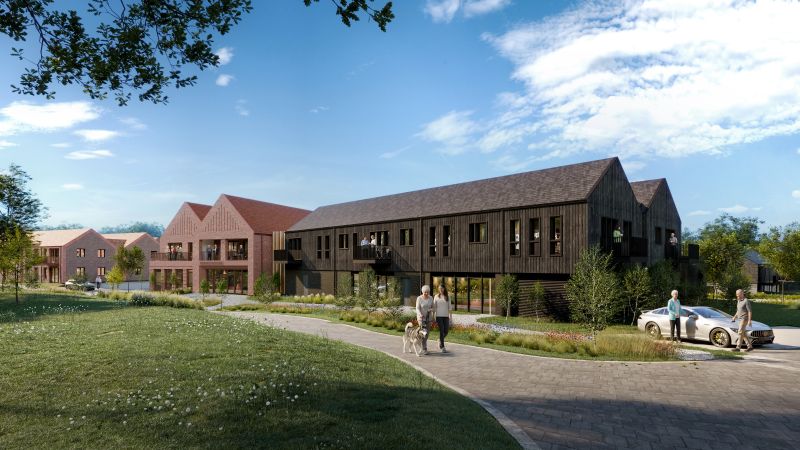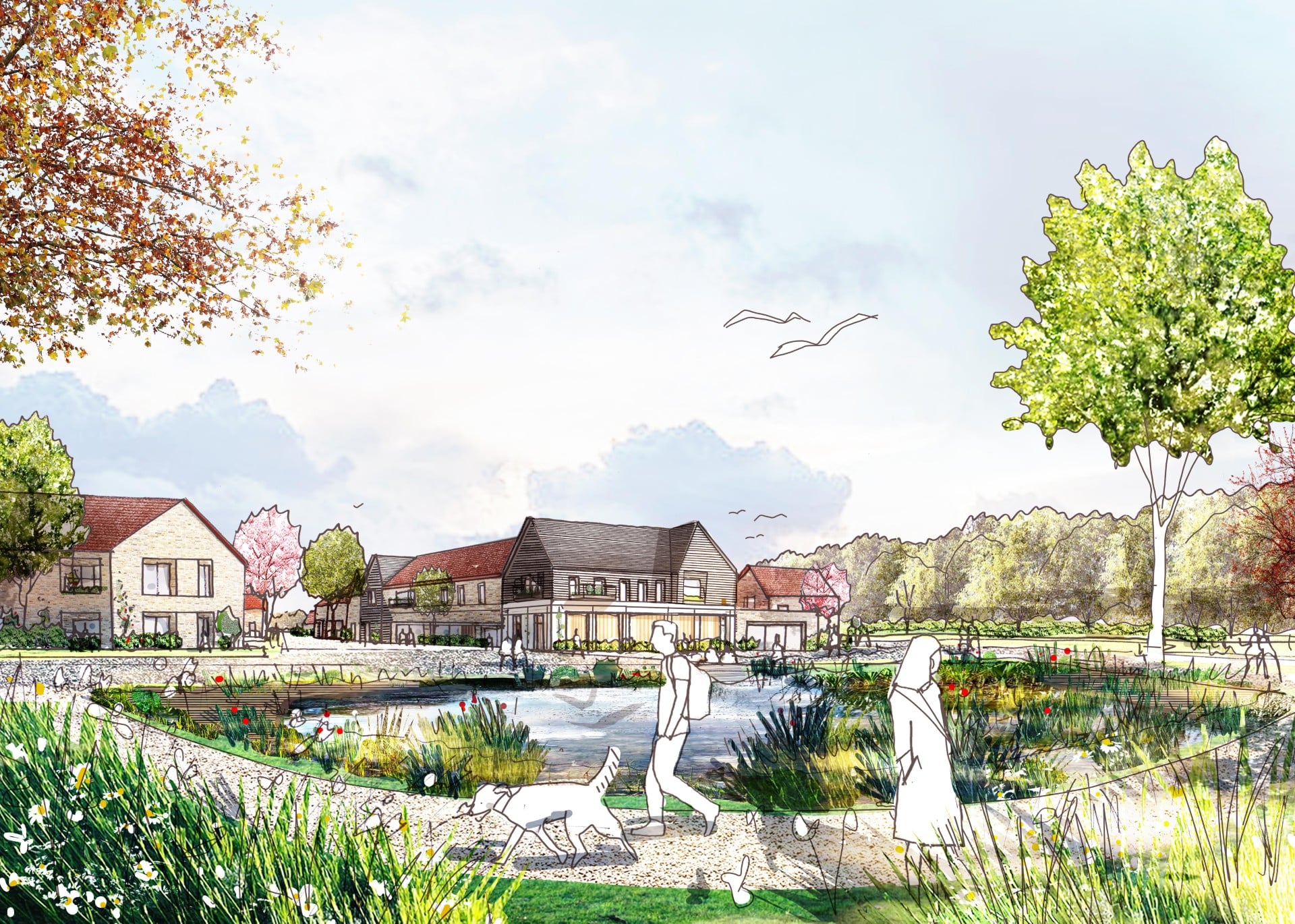
As we age, maintaining our physical and mental well-being becomes increasingly important. Exercise plays a crucial role, offering a range of benefits ranging from improved flexibility and strength to enhanced mood and cognitive function. Among the many exercise options available, Pilates and yoga stand out as popular choices, especially for the elderly in retirement. While both practices share similarities in promoting mind-body awareness and flexibility, they differ significantly in their approach and focus. Understanding these differences can help retirees select the practice best suited to their needs and preferences.
Pilates: Strengthening the Core
Pilates, developed by Joseph Pilates in the early 20th century, is a low-impact exercise method that emphasises core strength, flexibility, and body alignment. It consists of a series of precise movements performed on a mat. Pilates exercises target deep stabilising muscles, including those of the abdomen, back, hips, and pelvis, which are essential for maintaining balance and stability, especially as we age.
One of the key principles of Pilates is breath control, with practitioners encouraged to coordinate movements with deep, rhythmic breathing patterns. This focus on controlled, flowing movements not only enhances physical strength but also promotes relaxation and stress relief. Moreover, Pilates exercises can be easily modified to accommodate varying fitness levels and mobility limitations, making it an ideal choice for the elderly.
Yoga: Uniting Body, Mind, and Spirit
Yoga, originating from ancient Indian traditions, is a holistic practice that integrates physical postures, breath control, meditation, and philosophical principles. With numerous styles ranging from gentle and restorative to dynamic and challenging, yoga offers a diverse array of options to suit different preferences and abilities. Common yoga poses focus on stretching, strengthening, and balancing the body while fostering mindfulness and inner peace.
While Pilates primarily targets physical strength and stability, yoga places greater emphasis on flexibility, balance, and spiritual well-being. Many yoga practices incorporate meditation and relaxation techniques, promoting mental clarity, emotional resilience, and stress management. For retirees seeking not only physical vitality but also mental and emotional fulfilment, yoga can provide a holistic approach to health and wellness.
Benefits for the Elderly in Retirement
Both Pilates and yoga offer numerous benefits for the elderly in retirement, making them valuable components of a wellness routine:
- Improved Flexibility and Mobility: Both practices emphasise gentle stretching and movement, helping to alleviate stiffness and improve range of motion, essential for maintaining independence and preventing injury.
- Enhanced Strength and Balance: Pilates strengthens core muscles crucial for stability, while yoga poses challenge balance and coordination, reducing the risk of falls and supporting functional mobility.
- Stress Reduction and Relaxation: Mindful movement, breathwork, and meditation techniques promote relaxation, reduce anxiety, and enhance overall well-being, fostering a positive outlook on life.
- Community and Social Connection: Group classes provide opportunities for social interaction and support, combating feelings of loneliness and isolation common among retirees.
- Mind-Body Awareness: Both practices cultivate mindfulness, allowing individuals to develop greater awareness of their bodies, thoughts, and emotions, leading to improved self-care and self-awareness.
In conclusion, Pilates and yoga offer distinct yet complementary approaches to promoting health and vitality in retirement. Whether you prioritise core strength and alignment (Pilates) or flexibility and inner peace (yoga), incorporating these practices into your daily routine can yield significant physical, mental, and emotional benefits. With proper guidance from qualified instructors and adaptations to accommodate individual needs, retirees can embark on a journey of self-discovery and holistic well-being through Pilates and yoga.


